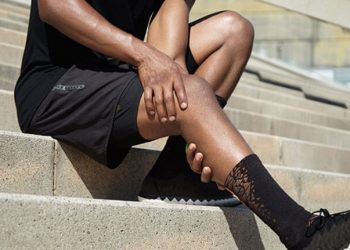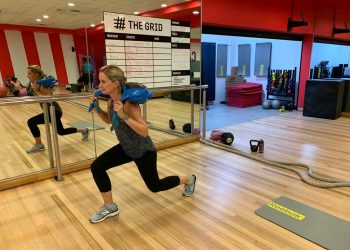
Comrades Marathon Legend Thomas Michael Winn
November 16, 2020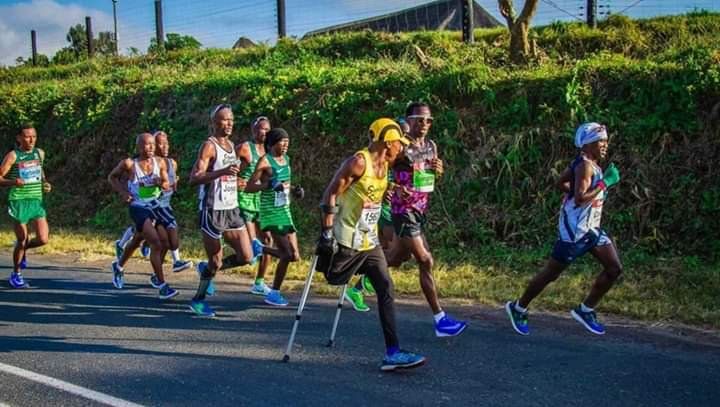
A Complete Guide to Comrades Marathon
December 11, 2020Plyometric Exercises for Runners

Muscles and tendons have the ability to be able to store energy and then to use it for power and propulsion, which is very important for runners. During running your body stores energy from the impact when you land and then releases it to propel you forward. When it comes to plyometric exercises – they help train muscles to store energy and generate power, so they can be a valuable addition to a runners training programme.
In this article I discuss what plyometric exercises are, how to do them, how they will benefit you, I give examples of exercises and I explain why they can make your muscles sore after.
What are plyometric exercises?
The word plyometrics derives from the Greek words plythein or plyo, which means to increase and metric means to measure. Therefore the purpose of plyometrics may be thought of as “to increase the measurement”, with the measurement being the performance, for example, the speed of your running.
Plyometric exercises involve rapid, powerful and dynamic movements. These include various types of jumps, hops, rebounds and sprints, for example. As they are challenging exercises, it is therefore sensible to have a good background of strength prior to taking these on. This will ensure that you are able to do them correctly and it will help reduce your injury risk when doing them.
What happens during a plyometric exercise?
Plyometric exercises utilise something that is called the stretch‐shortening cycle (SSC) in muscles. This is when a lengthening movement of a muscle (eccentric) is done, which is quickly followed by a brief pause and then a shortening movement (concentric) (1). This allows the muscles that are being used to store and recoil elastic energy, which helps to produce powerful movements.
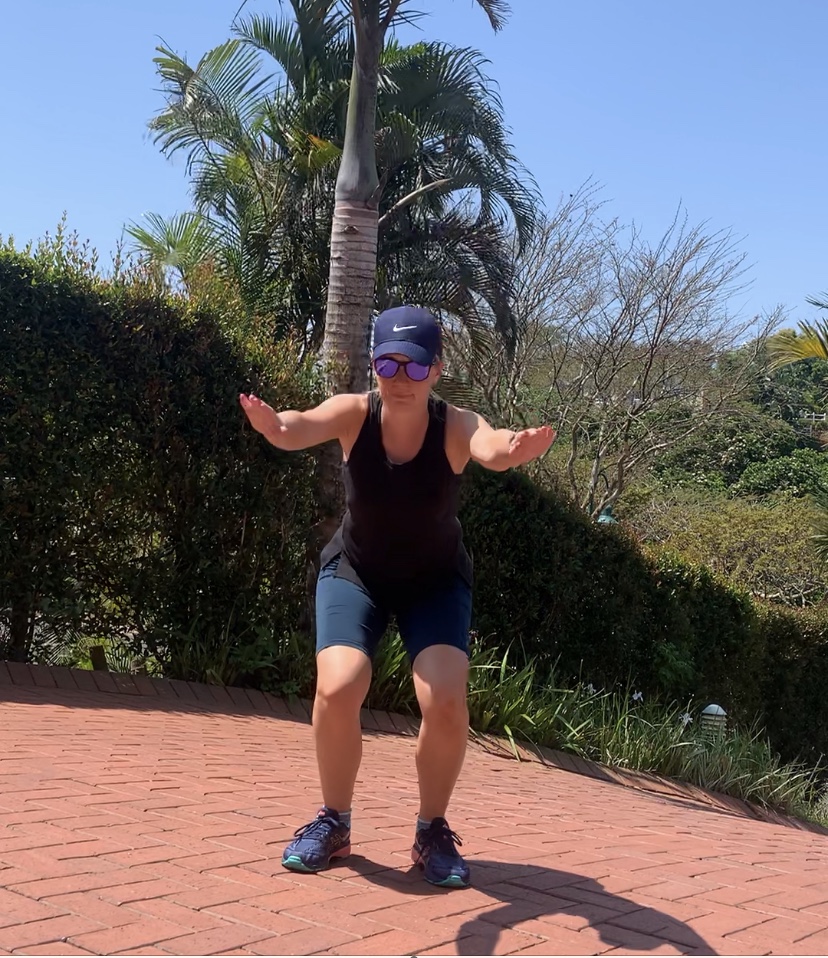
There are three main phases to plyometric exercises that make up the SSC– the eccentric pre-stretch phase, the amortization phase and the concentric shortening phase. To help picture this, I will use a squat jump as an example to highlight these phases:
1. Eccentric pre-stretch phase
If you imagine trying to jump up in the air without squatting down first, it would be very difficult, wouldn’t it? This is why this phase is important, as it is the preparatory phase, which gives you the energy to jump. Here the muscle lengthens with load, which allows storage of elastic energy. The storage of this energy therefore helps to enhance the concentric phase. In squat jumps, this is the part where you squat down and load your muscles in preparation to jump.
2. Amortization (time to rebound) phase
This is the term used to describe the time between the eccentric pre-stretch phase and the concentric shortening phase. It is also known as the ‘time to rebound’ phase, where the muscle transitions from loading the energy to releasing it. This phase is important for the performance of plyometrics and the shorter it is the better. This is because a shorter amortization phase leads to the stored energy being used most efficiently in the transition to jump and therefore leads to a more powerful movement (1). In squat jumps, this is the point when your squat is at its lowest just before you jump.
The amortisation phase just before the jump demonstrated:
3. Concentric shortening phase
This is the power production and performance part of the exercises following the previous phases. In the case of the squat jump, this is where you lift off and jump. The elastic energy that is stored in the loading phase and redirected in the amortization phase is released. It is an explosive phase and a good way to visualise this is letting go of a rubber band you have stretched.
How can plyometric exercises benefit me as runner?
The concentric jump phase demonstrated:
The rapid deceleration‐acceleration in plyometric exercises produces an explosive reaction that increases both speed and power of the limb during athletic activities. This explosive reaction facilitates the production of maximal force in the shortest amount of time, hence why these are great exercises for runners who want to focus on speed work. (1)
Plyometric exercises positively affect both our neural and musculoskeletal systems – also known as our neuromuscular system. It is thought that these changes are likely from increased neural drive to muscles, improved intermuscular coordination and changes in muscle architecture (2).
Plyometric exercises can therefore offer a number of benefits to runners, including improvements in performance and helping to reduce injury risk too. Here are the possible benefits:
1. Performance improving benefits
There are a number of performance benefits, and these apply to all types of runners, not just those who focus on speed:
- Improves running economy.
- Increases power generation.
- Increases speed and sprint performance.
- Improves acceleration.
- Improves endurance performance through better running economy.
- Increases jump power.
- Improves agility.
- Increases eccentric muscle strength.
2. Injury risk reduction benefits
If plyometric exercises are done in the correct way and are the right level for you they can also help to reduce injury risk. This is because they can:
- Increase bone mass. This happens because the load of the impact and the power of the exercises on the bone can help to optimise bone health.
- Increase the stiffness of the muscle-tendon system.
- Increase muscle strength.
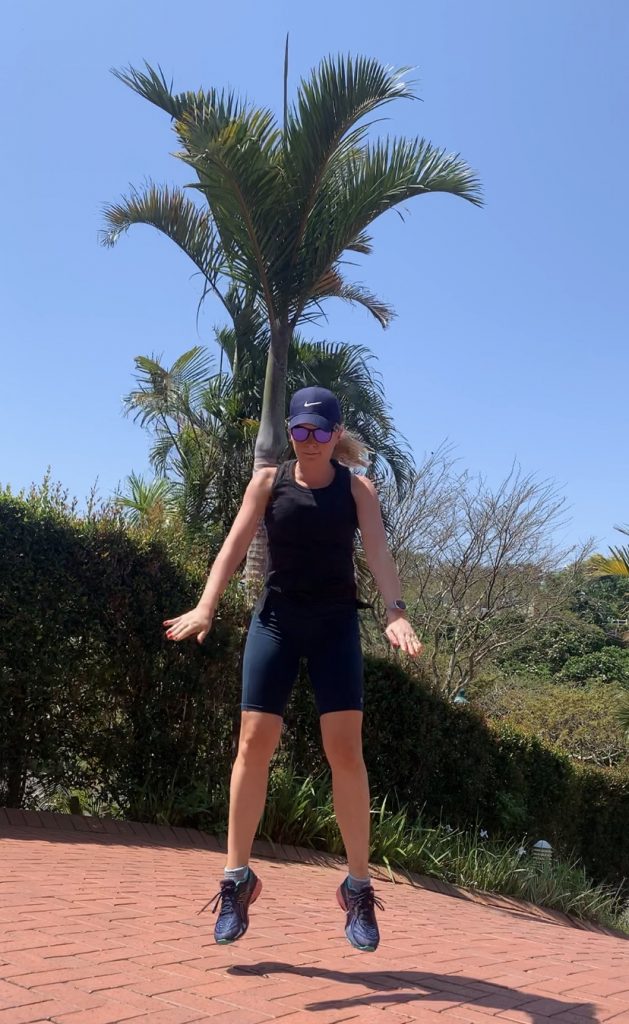
How do I perform plyometric exercises?
If you are new to plyometric exercises it is important that you start at a manageable level. These are more challenging exercises on your muscles and tendons and they also place more load on your joints and bones, so it is important that you are able to do these well without pain or problems. It is also important that you have a good background of strength first and you are regularly strength training already. This is because if these exercises challenge yourself too much and/or you do them incorrectly, they can increase your injury risk. It is also especially important that you seek the advice of a healthcare professional before commencing them if you are injured or are returning from injury.
Here are a few examples of many different ways you can do plyometric exercises:
- Skipping.
- Pogo jumps.
- Jump squats.
- Jumping lunges.
- Standing long jump.
- Fast high knees.
More advanced plyometric exercises:
- Box jumps.
- Depth jumps.
- Standing long hop.
- Single leg hops with changes of direction.
- Hops on/off steps.
Plyometric exercise is not only limited to the lower body – there are many ways you can use them for the upper body too, including throws, plyometric push-ups etc.
When you are doing plyometric exercises, just remember it is important that the ground contact time is short. If you are doing a squat jump, for example, keep the phase when you are squatting and your feet are on the ground as short as possible so that you optimise the energy recoil. If you hold it too long, the energy transfer and recoil will be lost. And as these exercises involve high levels of effort and force, you should only be able to manage a few repetitions at a time before fatigue, so aim for 1-5 repetitions for 3-4 sets.
If you are wondering what level you should start at, especially if you are returning from injury, seek advice from a healthcare professional.
Why can plyometric exercises cause sore muscles?
There is a high chance that you will experience delayed onset of muscle soreness (DOMS) with plyometric exercises, especially when you first begin them and progress them. This is because of the eccentric muscle contraction, which generates a lot more force and causes a greater extent of micro-injury than other forms of muscle contractions. If you experience very high levels of DOMS that takes more than a few days to settle down, you may be overdoing it. You will also find, however, the more you do these exercises, the less sore you will be after.
I hope this article has been helpful and you are now well equipped with knowledge on plyometric exercises. If you have any questions on this article you can contact me on [email protected].
Gemma Oates @therunnerphysio is a Specialist Musculoskeletal and Running Physiotherapist and our Africa Marathons Physiotherapist. She has extensive experience in the NHS and private practice and has a huge passion for running.
References
1. Davies G, Riemann BL, Manske R. CURRENT CONCEPTS OF PLYOMETRIC EXERCISE. Int J Sports Phys Ther. 2015;10(6):760-786.
2. Markovic G, Mikulic P. Neuro-musculoskeletal and performance adaptations to lower-extremity plyometric training. Sports Med. 2010 Oct 1;40(10):859-95.
3. Oxfeldt M, Overgaard K, Hvid LG, Dalgas U. Effects of plyometric training on jumping, sprint performance, and lower body muscle strength in healthy adults: A systematic review and meta-analyses. Scand J Med Sci Sports. 2019 Oct;29(10):1453-1465. 4. Slimani M, Chamari K, Miarka B, Del Vecchio FB, Chéour F. Effects of Plyometric Training on Physical Fitness in Team Sport Athletes: A Systematic Review. J Hum Kinet. 2016; 53:231-247.

